Deep fryers are common in many households, but they can pose a risk of burns, fires, and other hazards if not used correctly. According to the National Fire Protection Association, deep fryers are responsible for thousands of fires yearly in the United States alone. That’s why I must know what safety precautions I should take when using a deep fryer.
If you want to enjoy delicious fried foods while minimizing the risk of accidents, taking the necessary safety precautions when using a deep fryer is crucial. This article will discuss the essential safety tips that every home cook should know to ensure a safe and enjoyable cooking experience. So, keep on reading to learn more about it.
What Safety Precautions Should I Take When Using A Deep Fryer?
When using a deep fryer, safety should always be the top priority. Here are some tips and precautions to keep in mind:
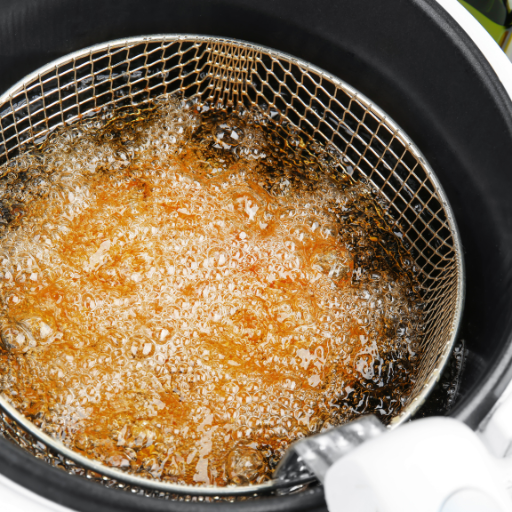
1. Set Up Your Deep Fryer Outdoors
Deep-frying is a great way to make delicious snacks and treats, but safety is an important consideration when it comes to this cooking method. For that reason, it’s generally recommended to set up your deep fryer outdoors instead of inside.
Doing so ensures that if hot oil splashes out of the fryer during the cooking process, no damage will be done to your home due to the lack of nearby flammable objects.
What’s significant is that frying food outdoors can minimize the probability of getting injured since it allows for a safer distance to be maintained.
With few potential hazards in proximity, such as furniture or curtains, you’ll have an easier time avoiding any accidents from happening. Additionally, setting up your deep fryer outdoors allows for better ventilation and helps eliminate any lingering odors in your home.
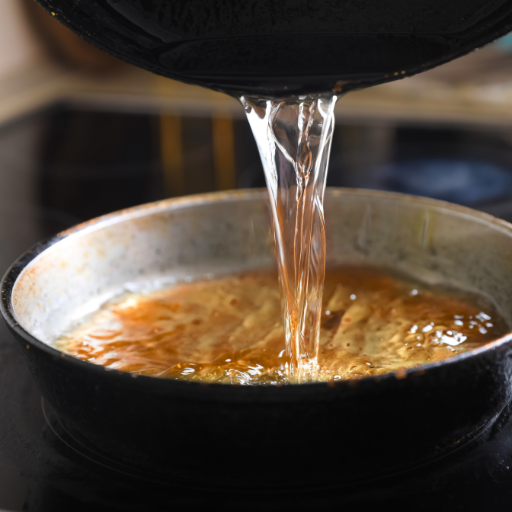
2. Use the Right Oil
When deep-frying, it’s important to use the right type of oil. The most common types are peanut, canola, and vegetable oils. Choose one that has a high smoke point—this means it won’t start smoking or burning until it reaches a certain temperature. Additionally, make sure you don’t overfill your deep fryer with oil, as it can easily spill out during the cooking process.
It’s important to be careful when handling the deep fryer and hot oil. Always wear oven mitts or other protective gear when you need to move or adjust the deep fryer.
Additionally, never leave your deep fryer unattended while it’s in use as hot oil can easily ignite a fire. Be sure to keep a fire extinguisher nearby in case of emergencies.
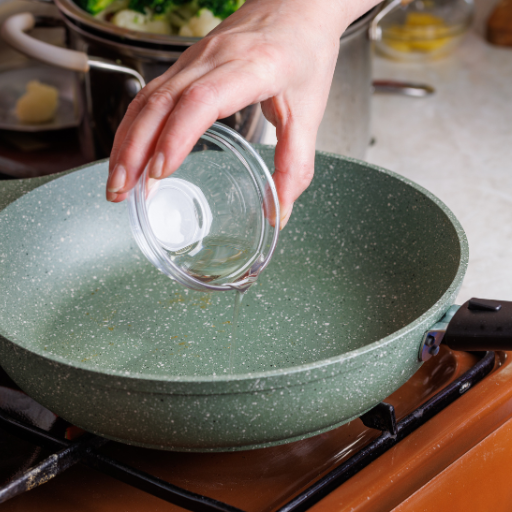
3. Preheat the Oil to the Right Temperature
The oil in your deep fryer should be preheated to the right temperature before you start cooking. This is crucial as under or over-heating oil can lead to dangerous accidents such as fires and burns.
If you’re unsure of what temperature your oil should be, consult the instruction manual that came with your deep fryer. Make sure to keep the fryer away from flammable objects and surfaces. This includes cloth, paper, and other materials that could easily catch fire if exposed to hot oil.
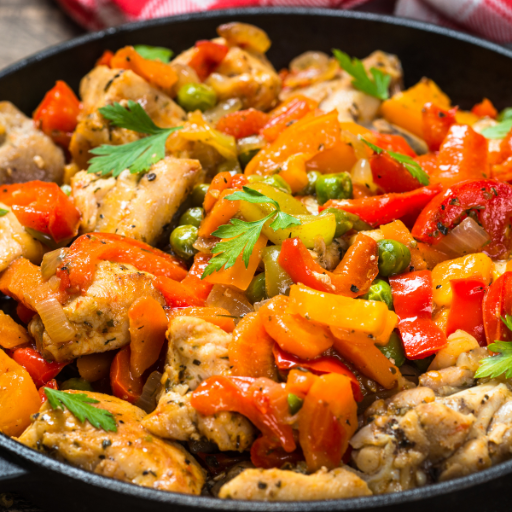
4. Don’t Fry Row Foods
Deep frying frozen food is a risky proposition and should be avoided at all costs. Not only can it lead to injury if the hot oil bubbling up splashes out and onto nearby surfaces or people, but it will also result in unevenly cooked food.
When you deep fry food that’s still partially frozen, the outer layers will cook much faster than the inner core of ice, which takes a much longer time to reach an appropriate temperature.
This means you could end up serving undercooked or burnt food, which may be unsafe to eat. The only safe way to deep fry is by thawing your ingredients completely before placing them into the hot oil.
You should also check that your ingredients are completely dried as this can help avoid any dehydration when cooking and ensure a better-tasting meal.
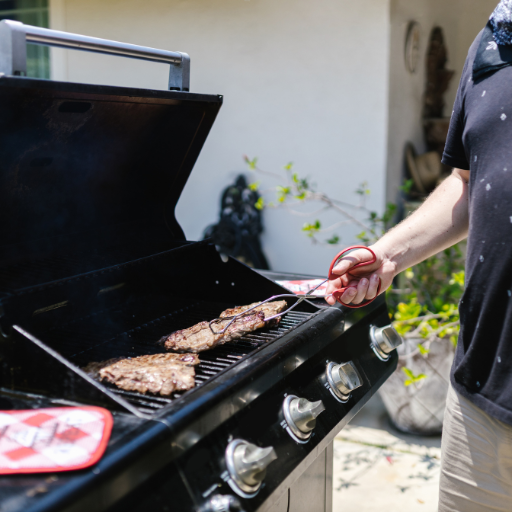
5. Use a Pair of Long Tongs
Using a pair of long tongs is essential when using a deep fryer. Not only are they the most efficient and safe way to cook food, but without them, you could risk injury from burns sustained from touching any area of the hot oil.
Long-handled tongs typically measure between 12 – 15 inches long, so they provide ample leverage and reach when it comes to accessing items in the deep fryer.
This eliminates the need for someone to lean over or lower himself into the hot oil, putting himself at risk of burn or splashes of hot oil onto his body or clothing.
Having a pair of long tongs also keeps you from having to use something like a fork or spatula that simply doesn’t cut it in this context. These can very easily tip or break off pieces of food still stuck inside, sending fragments or divots into the boiling mass where it can splash sensitive hands and faces with perilous heat.
By using a sturdy and reliable pair of tongs, you’re able to avoid this altogether due to its heavy-duty construction and secure grip; guaranteeing that no pieces come loose as it maneuvers objects around safely inside the deep fryer’s environment.
6. Keep a Lid Handy
It’s important to have a lid handy when using a deep fryer. This is because splatters and spills can occur frequently, and having a lid will help contain them. Additionally, you should always turn off the heat before placing the lid on top of the fryer, as this can cause hot oil to spill out or explode onto nearby surfaces.
You should also always make sure that the fryer is unplugged when not in use. This will help reduce the risk of electrical shock and fire hazards.
Additionally, it’s important to keep the area around the deep fryer clean and free from flammable materials such as paper towels, rags, or other debris.
7. Dry, Then Fry
When it comes to deep frying, it’s all about the oil. Everyone knows that water and oil don’t mix, and this is especially true when oil is heated to extremely high temperatures.
To ensure that there is some distance between the boiling oil and your food, it is essential to remove any traces of excess water before beginning the frying process. This means making sure fresh items are blotted with a paper towel and frozen goods are free from big chunks of ice.
It’s also important to pay attention to what kind of fat you use for frying; butter, margarine, olive oil, or animal fat should be avoided as these have low-temperature smoke points in other words, they could potentially burn and create unhealthy fumes when heated.
For best texture and flavor outcomes, it is recommended to use high-quality vegetable or peanut oil that can be filtered after each use and replaced periodically.
By adhering to these five principles, soon you’ll be able to fry up delicious dishes such as chicken and french fries like a professional.
8. Monitor Temperature
When using a deep fryer, it’s important to be mindful of the temperature. Cooking oil should never exceed 375 degrees Fahrenheit (190 degrees Celsius), as this is when it starts to break down and smoke – releasing harmful toxins into the air which could potentially be hazardous to your health.
Keeping an eye on the temperature will also help ensure that your food is properly cooked on the inside while receiving a golden brown crisp on the outside.
It is also important to be aware of the hot oil splattering out of the fryer. To minimize this risk, use long tongs to gently lower food into the oil and make sure that your hands and arms are kept a safe distance away from the fryer while in use.
Additionally, be sure to cover any exposed skin as much as possible with clothing and/or protective gear such as gloves and safety goggles.
9. It is Important to Wear Heat-Resistant Gloves
When cooking food in a deep fryer, it is essential to wear heat-resistant gloves. Even if you use a pair of long tongs to lower the food into the hot oil, there is always the chance of an accidental splash or splatter.
Without the added protection of a pair of heat-resistant gloves, even these small droplets can cause serious burns. These gloves generally feature strong outside materials that shield against temperatures up to 500 degrees Fahrenheit and act as a last barrier of defense against burns for your hands and arms.
Heat-resistant gloves are especially important when handling larger pieces of food that tend to displace more oil when lowered into a fryer, such as chicken wings or French fries.
The outer layers of these gloves are not only resistant to heat but also provide sufficient grip so that you can safely handle heavier items without fear of them slipping out of your hand and back into the hot oil.
Heat-resistant gloves add an extra layer of protection while providing excellent dexterity so that you can cook with confidence knowing your hands are safe from any potential harm.
10. Clean Up and Dispose of Used Oil Properly
Once you’re finished using your deep fryer, it is essential to properly clean up and dispose of the used oil. To do this, turn the fryer off and allow the oil to cool before removing it from the unit.
It is recommended that you strain the oil through a fine mesh sieve or cheesecloth to remove any food particles before transferring it into a sealed container for disposal.
Used cooking oil should never be poured down the drain as it can clog pipes and result in costly repairs. Instead, check with your local government or waste management department to see if they offer a program that recycles used cooking oil.
This is usually the most environmentally friendly option, as the oil can be reprocessed into biodiesel fuel for transportation.
Frequently Asked Questions [FAQs]
1. What Factors Affect Deep-Frying?
If oil is subjected to high frying temperatures and multiple frying cycles and possesses high levels of free fatty acids, polyvalent metals, and unsaturated fatty acids, its oxidative stability and flavor quality will undoubtedly decrease.
Although antioxidants can assist in preventing oil oxidation during frying, their efficacy diminishes when the temperature surpasses a certain threshold.
2. What Is The Problem With Deep Fried?
It is crucial to emphasize that fried foods have exceedingly high levels of trans fat, which are directly associated with a plethora of health problems like heart disease, cancer, diabetes, and obesity (6, 7, 8). The reason is that these foods are cooked in oil at extremely high temperatures, significantly increasing the chances of containing trans fats.
3. What Is The Principle Of Deep Frying?
Deep frying is a method of cooking where food is submerged in hot oil or fat. This type of cooking can be used to make many different types of food including French fries, chicken wings, and donuts.
The principle behind deep frying is that the hot oil surrounding the food helps cook it quickly and evenly, while also giving the outside a crisp, golden-brown texture.
4. What Temperature Is Deep Frying?
To achieve the perfect deep fry, it’s important to start with oil heated between 325 and 375 degrees. However, the temperature will naturally drop once the food is added.
After the oil recovers some heat, it’s recommended to maintain the temperature between 250 and 325 degrees (depending on the recipe) for the cooking process.
5. Is Deep Frying Wet Or Dry?
Cooking with deep-frying involves using oil or fat to cook food by submerging it completely in hot liquid. This dry-heat method is commonly used for preparing various dishes.
Conclusion
Deep frying is an effective and tasty way to cook food. However, it is important to take the necessary safety precautions when using a deep fryer. This includes wearing heat-resistant gloves, monitoring the temperature of the oil, and properly disposing of used oil. Additionally, ensure that you are familiar with the principles behind deep frying and its associated health risks before attempting any recipes.

Meet our air fryer recipe expert, Jenny J. Brown. Jenny is a culinary enthusiast with a passion for creating healthy, delicious meals using the latest kitchen appliances. As an experienced home cook and food blogger, Jenny has spent years experimenting with air fryer recipes and perfecting her techniques to create meals that are both nutritious and satisfying.

